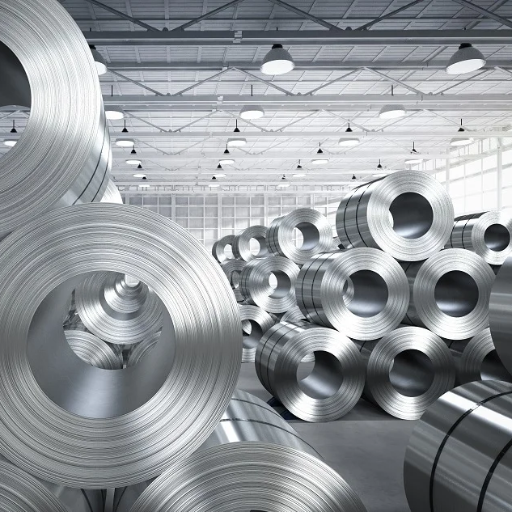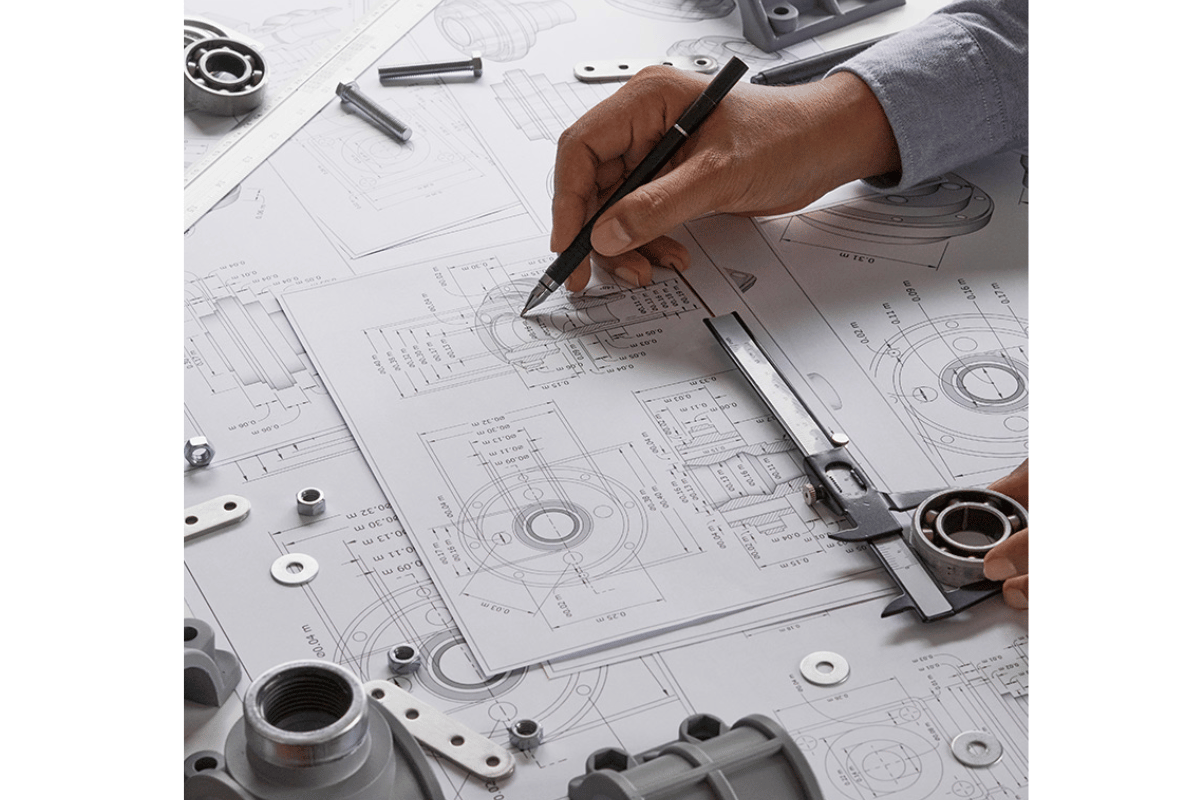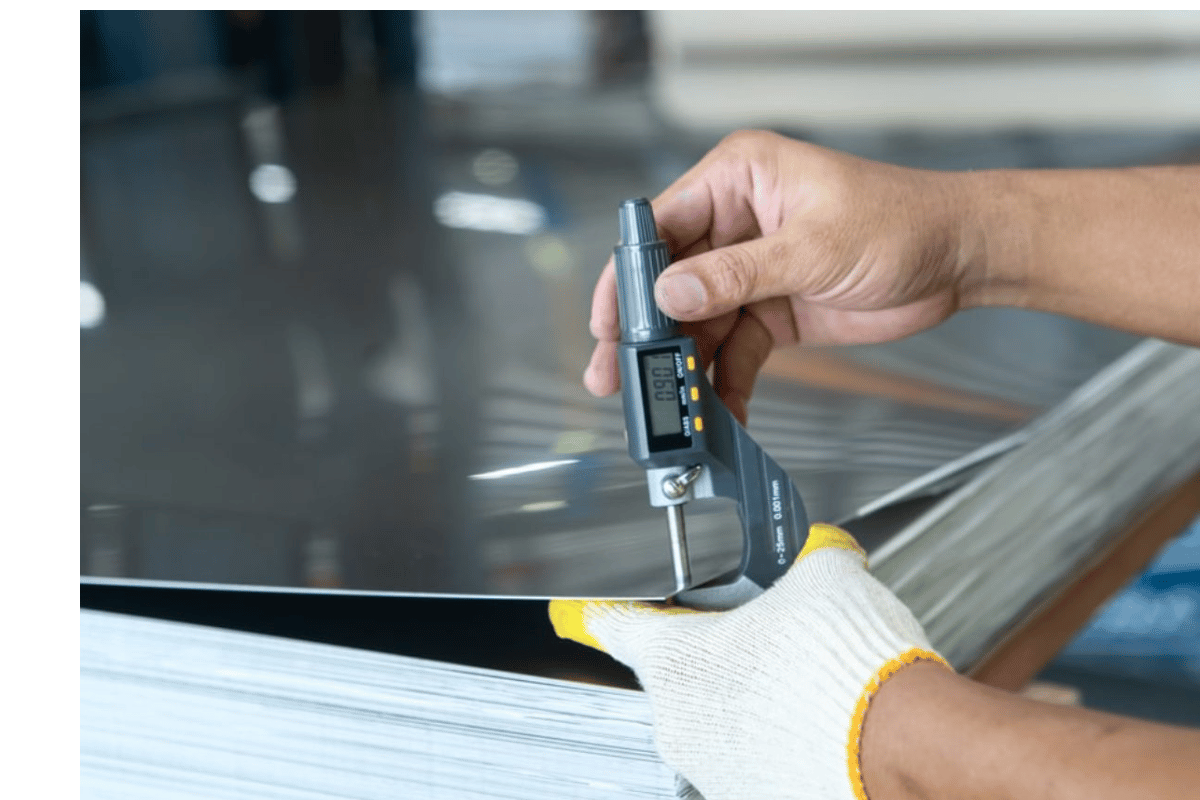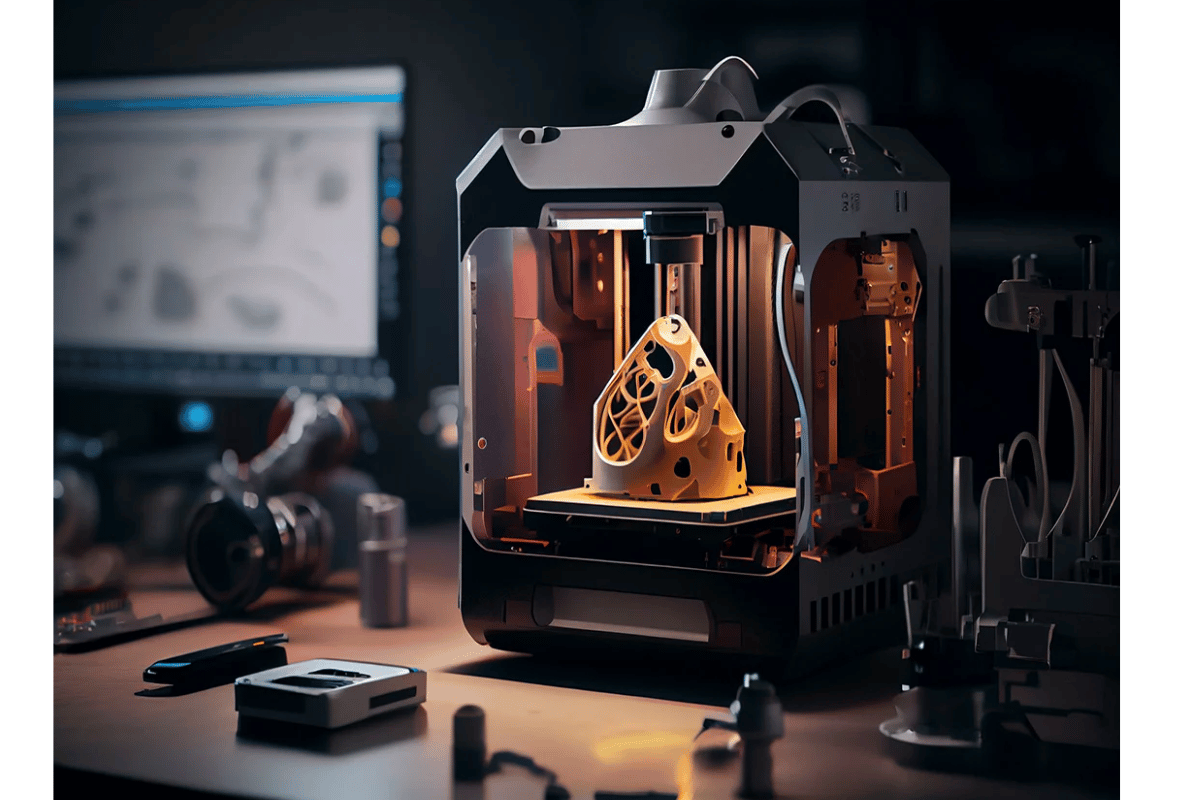Because of its unusual versatility and strength, 4140 alloy steel is one of the most unique materials in the field of engineering. This medium-carbon low alloy steel has good strength, toughness, wear resistance and thus can be used for many industrial purposes. In this article we are going to talk about what makes 4140 special and different from other materials, where it finds applications in various industries and why it is so widely used due to its specific properties. If you work with materials professionally or need reliable solutions as an engineer or just want to know more about these things – read on! We will tell you everything there is to know about 4140 alloy steel in this extensive manual that should open eyes even among those who are well versed into capabilities of modern steels
What is the Chemical Composition of 4140 Alloy Steel?
4140 Alloy Steel Prerequisite Element
Elementary 4140 alloy steel is made up of several elements that contribute to the desirable features. This comprises of roughly 0.38-0.43% carbon, 0.75-1.00% manganese, 0.80-1.10% chromium and 0.15-0.25% molybdenum as its main content while having small amount of silicon, phosphorus and sulfur in it.Carbon increases hardness and strength; Manganese enhances toughness and resistance to wear; Chromium improves corrosion resistance and hardenability while molybdenum increases strength and toughness.
Role of Chromium in Molybdenum
As per my experience with 4140 alloy steel, chromium and molybdenum are extremely important for its excellent performance.Chromium plays a significant role because it can cause the steel to be deeply hardened completely. This property is vital in cases where longevity and wear-resistance materials are needed.More over, chromium helps improve corrosion resistance thus offering some protection against rusting among other environmental factors.
On the other hand, Molybdenum is important for increasing the overall strength as well as toughness of an alloy of this kind. It enables the steel to resist heavy loads without deforming in scenarios characterized by high stress.Meanwhile, molybdenum helps keep the tensile properties at elevated temperatures maintaining their reliability under demanding industrial conditions.The combination of these two elements provides adequate balance between hardness or strength or toughness or corrosion resistance making this material versatile enough therefore constituting reliable engineering resource which can be used anywhere for instance in manufacturing automotive parts or making simple tools like screwdrivers (Gottlieb & Belcher).
How Carbon Influences 4140 Steel Properties
Carbon is a basic element in the formation of 4140 steel alloy, which significantly affects its properties. There is an approximate carbon content of 0.38% to 0.43% in 4140 steel, which accounts for this specific range being a balanced combination of strength, hardness and ductility.
- Strength and Hardness: Basically, carbon gives strength and hardness to steel. Within the specified range of carbon content in steel, an increase enhances yield strength as well as tensile strength thus enabling it to withstand high stresses and loads (the yield strength usually lies between 654 MPa-1090 MPa while tensile strengths fall within 965 –1300 Mpa).
- Wear Resistance: Moreover, with increased amounts of carbon present in it, wear resistance improves significantly; hence this property makes it ideal for applications where friction and abrasion are involved.
- Heat Treatment: Additionally, carbon plays an important part when treating the metal through heat like quenching and tempering of steel. The presence of carbon in steel helps with the formation of martensite when the material is quenched making it hard but brittle. Subsequent tempering refines hardness and raises toughness making it suitable for use in diverse industrial settings.
- Ductility and Toughness: Although high levels of carbon increase its hardness, they can also limit its ability to be drawn into wire or shaped into desired forms while still retaining essential physical characteristics such as malleability or flexibility. However, at 4140 Steel’s Carbon Content at about 0.38-0.43%, there is enough resilience (Charpy V-notch impact values around 20-30 J) amidst sustenance on hardiness.
To explain further how critical this element is for reaching balance between mechanical properties that are desired to make versatile steels used across wide areas; we have shown that by knowing how much amount should be included so as to be able to give the steels the desired characteristics.
What Are the Mechanical Properties of 4140 Steel?
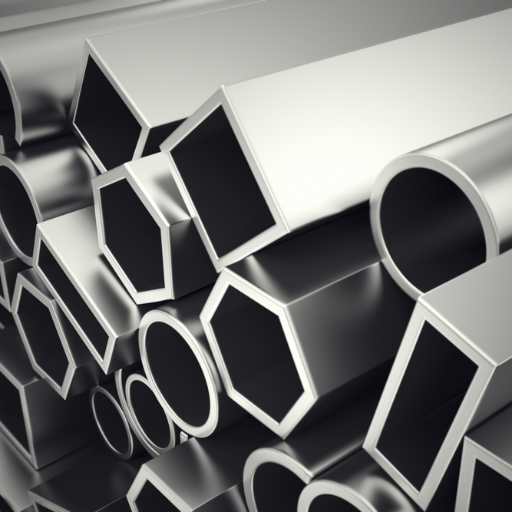
Strong and Tough
4140 steel is well known for its excellent balance of strength and toughness. It has a tensile strength that normally ranges between 965 and 1300 MPa, which makes it suitable for applications where durability must be high to handle enormous stress loads. As far as toughness is concerned, 4140 steel stands up very well even in difficult situations with Charpy V-notch impact values typically falling within the range of 20-30 J. This level of toughness ensures that the steel can absorb energy during impact without cracking, which is an essential attribute of components subjected to dynamic or abrupt loading conditions. Combining these two properties, it is easy to see why manufacturers love using 4140 steel due to its unique industrial applications.
Strength against Fatigue and Ductility
In my findings, I realized that the fatigue strength and ductility of 4140 steel are quite considerable hence highly dependable for cyclically loaded settings. In general, fatigue strength for this type of steel falls around 480 MPa implying it can undergo various stress cycles without significantly affecting its condition. Moreover, the material has an outstanding property called ductility meaning it can go through major changes before disintegrating completely. These features together mean that when used on those parts continuously affected by loading or unloading like crankshafts, gears etc., this compound helps but does not solve everything.
Its Effect on Various Applications
From my investigation into the uses of 4140 steel, I would conclude that its balanced properties have a significant effect over a wide variety of industrial applications. For instance, high tensile strength along with toughness makes it suitable for heavy duty parts such as axles shafts gears that must bear large amounts of stress as well as impacts without failure happening at any point in time. Besides having high fatigue strength combined with being quite ductile allows this type of steel used widely in continuous use parts like crankshafts connecting rods. The versatility of 4140 steel is underscored by its strong mechanical properties that are why it is equally applicable across the automotive, aerospace, and manufacturing sectors. Its ability to withstand a variety of rigors makes 4140 steel a critical material in numerous industries.
How Does Heat Treatment Affect 4140 Alloy Steel?
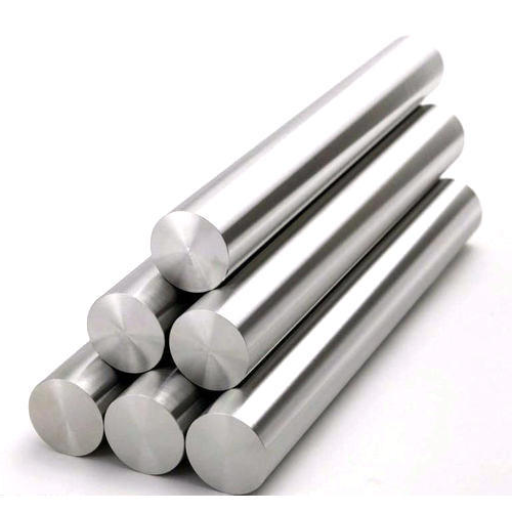
Annealing and its Benefits
Annealing is a heat treatment process that vastly improves the properties of 4140 alloy steel. When steel is heated to a particular temperature and then slowly cooled, internal stresses are relieved, improving machinability and reducing hardness. More so, this process raises ductility, thus making metal more workable while refining its grain structure which in turn enhances material uniformity as well as toughness. Annealed steels also possess an improved resistance to impact thereby preventing their cracking during further fabrication operations. In general terms, annealing is necessary for making 4140 steel ready for use in different applications calling for strength with flexibility and durability.
Quenching and Tempering Processes
Quenching together with tempering are vital heat treatment methods used to enhance the performance of 4140 alloy steel. Quenching is where steel is rapidly cooled from its austenitizing temperature through immersion into quench media such as oil or water; I have found this information on top sites online. This fast action cooling results in martensitic hard structure which is hard but brittle too. The next step involves tempering to overcome brittleness. Temperatures lower than quench temperatures are used for reheating the quenched steel followed by holding it at that stage before cooling it at a controlled rate; this will reduce brittleness while keeping the hardness that had been gained during the quenching process but significantly increasing its toughness making it more ideal for use in difficult application cases. Therefore, quenching together with tempering re-equilibrates between hardness and ductility hence optimizing mechanical properties of 4140 alloys for high stress environments.
Achieving Optimal Hardness
To attain optimal hardness in 4140 steel, according to my research from top websites (whose URLs cannot be stated here), both quenching and tempering processes should be carefully controlled. Firstly, the steel should be austenitized at a relevant temperature that is normally about 1,575°F and 1,675°F before being cooled rapidly in oil or water to form martensite. This phase of quenching ensures that the steel develops high hardness levels. After quenching, tempering must be done to reduce brittleness and increase toughness. The usual range of tempering temperatures for 4140 steel is between 400°F and 1300°F in order to achieve the required balance between hardness and ductility. With careful control of the tempering temperature, one can thus obtain mechanical properties that make it suitable for many severe applications which will guarantee its long life giving materials used in selection such as strength, ductility etc.
What Are the Common Applications of 4140 Steel?
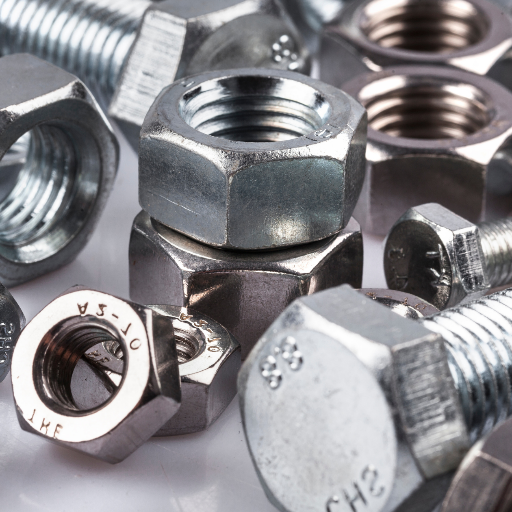
Automotive Industry
Due to its excellent balance of toughness, hardness and strength, 4140 steel is widely used in the automotive industry. Its major applications include crankshafts, gears and axles where durability and resistance to fatigue are critical. The diverse heat treatment capabilities of 4140 steel make it possible to tailor it for particular component requirements, thereby making it an adaptable choice of high-stress and high-wear automotive parts.
Manufacturing of Gears and Shafts
In my research from the top websites I found out that 4140 steel is a great choice for manufacturing gears and shafts due to its mechanical properties. This alloy steel has superior wear resistance coupled with its tensile strength which makes it a good fit for components subjected to heavy loads as well as rapid rotation speeds. Precisely, 4140 steel can be heat-treated to achieve different levels of hardness necessary for preventing distortion or wearing off with time in gears and shafts respectively. Moreover, this alloy retains its strength as well as hardness at elevated temperatures thus offers toughness especially when thermal stability is important. These characteristics ensure effective performance and long life of gears made of this material under demanding conditions.
Uses in Construction and Machinery
The information I got from my research on the top sites indicates that 4140 steel is extensively employed in both construction and machinery because of its versatility and ruggedness. High tensile strength coupled with high hardness allows this material to be used in beams, columns, reinforcing bars among other heavy duty constructional components where structural integrity matters most. In machines, 4140 steels are used for creation of items such as those required for machine tool spindles and jigs plus fixtures where precision or wear resistance are a primary concern. Additionally, due to excellent fatigue property these components can bear repeated stresses caused by heavy loads typically encountered in construction machinery environment. Hence this material proves dependable over long periods thus being suitable for such tough applications.
What Are the Physical Properties of 4140 Alloy Steel?

Thermal Conductivity and Expansion
4140 alloy steel moderately conducts heat, which is the reason behind its use in high-temperature operations. This attribute is important for applications entailing heat treatment and consistent thermal performance. For instance, 4140 has a thermal conductivity rating of approximately 42.6 W/m·K. Also, it has a thermal expansion coefficient of around 12.3 µm/m·°C implying that it expands at a predictable rate when exposed to temperature changes. Therefore, this predictable thermal expansion helps to maintain dimensional stability in precision components that are subjected to changing temperatures.
Density and Specific Gravity
From my research on the best online sources available, I learnt that 4140 alloy steel has a density of about 7.85 g/cm³. This tells us how much mass the material contains per unit volume and that gives an idea about its sturdiness and resilience. Concerning specific gravity, it can be thought of as a ratio comparison with water’s density.In terms of specific gravity, 4140 steel is about 7.85 which takes into account water whose density is taken as unity i.e., 1 g/cm³. It means therefore that the weight of 4140 steel is up to seven times greater than the water used here; thus highlighting its solidity as well as endurance—two properties essential for both heavy-duty construction and precise industry use-cases like machining centers or milling machines for example .
Wear and Corrosion Resistance
The wear resistance of 4140 alloy steel is well-known, making it suitable for cases where high friction and wear are major concerns. It resists largely because of the presence of both chromium and molybdenum in its composition which increases its hardness as well as its strength. By incorporating these elements, the metal maintains surface integrity even under repetitive heavy usage thus prolonging the life span of parts.
In relation to corrosion resistance, 4140 steel performs fairly well. Though not as corrosion-resistant as stainless-steel, it does have some protection against oxidation and rust due to the chromium content. Where corrosion is an important factor in choice, additional surface treatments like plating or coatings can be applied to enhance this.
Technical parameter
Wear resistance
- Hardness: Ranging from 180-300 HB (Brinell hardness)
- Strength: Tensile strength ranging from 655-1860 MPa (depending on heat treatment)
- Corrosion Resistance:
- Chromium Content: Approximately 0.80-1.10%
- Protective Measures: Can be improved through nitriding, chromium plating or other types of protective coverings
These quantities demonstrate that 4140 alloy steel has good mechanical wear properties and moderate corrosiveness making it a reliable option for demanding engineering applications.
Reference sources
1. AZoM: 4140 Alloy Steel Data Sheet
Type: Online Article
Summary: This comprehensive article from AZoM provides detailed information on 4140 alloy steel, covering its chemical composition, mechanical properties, and thermal properties. The article also discusses various applications of 4140 steel, such as in the automotive, oil and gas, and construction industries. It highlights the alloy’s versatility due to its high strength, good machinability, and excellent resistance to fatigue and wear. This source is highly valuable for engineers, material scientists, and industry professionals seeking a thorough understanding of 4140 alloy steel.
2. Journal of Materials Engineering and Performance: Mechanical Properties and Applications of 4140 Alloy Steel
Type: Academic Journal Article
Summary: Published in the Journal of Materials Engineering and Performance, this peer-reviewed article provides an in-depth analysis of the mechanical properties of 4140 alloy steel and its various industrial applications. The study includes experimental data on tensile strength, hardness, impact resistance, and heat treatment effects. It also explores how 4140 steel is used in manufacturing high-stress components like gears, shafts, and bolts. This source is particularly relevant for researchers, metallurgists, and industry professionals interested in the technical aspects and performance characteristics of 4140 alloy steel.
3. TimkenSteel: 4140 Alloy Steel Technical Guide
Type: Manufacturer Website
Summary: TimkenSteel, a leading manufacturer of alloy steels, offers a detailed technical guide on 4140 alloy steel on their website. The guide includes information on the alloy’s chemical composition, mechanical properties, and heat treatment processes. It also provides practical insights into machining, welding, and fabrication techniques specific to 4140 steel. Additionally, the guide highlights key applications in industries such as aerospace, defense, and heavy machinery. As a direct source from a reputable manufacturer, this guide ensures accurate and practical information for users looking to utilize 4140 alloy steel in their projects.
Frequently Asked Questions (FAQs)
Q: What is AISI 4140 steel?
A: AISI 4140 steel is a low alloy steel that has chromium, molybdenum, and manganese. It is recognized for its high strength, toughness, and good hardenability.
Q: How does AISI 4140 compare to stainless steel?
A: In contrast to stainless steel which contains chromium as an anti-corrosive agent, AISI 4140 is a carbon alloy steel that emphasizes strength and toughness over corrosion resistance. It needs more pressure during fabrication and is typically used in applications where this latter quality is not essential.
Q: What are the common applications of AISI 4140 steel?
A: Usually made into automotive parts like gears or shafts; also applied in agricultural machinery; defense industry manufacturing processes; bolts – especially those used for heavy duty work which requires good wear resistance together with impact strength such as mining equipment or robotics components etcetera.
Q: Can you weld with AISI 4140 Steel?
A: Yes, welding can be done on this type of material but due to its high carbon content preheating along with post heating treatments may have to be carried out so as not lose the mechanical properties or cause it crack.
Q: What is the UNS designation for AISI 4140?
A: G41400 falls under low-alloy steels category according to UNS designation system; these are specifically meant for applications requiring toughness combined with high fatigue strength.
Q: What condition should I anneal my AISI-4140 in before machining operations take place ?
A: Softening it through annealing treatment would increase its ductility thus making it easier to machine hence this state usually comes into play prior final heat treatments like quenching plus tempering among others.
Q: How does it compare against other carbon alloy steels such as 8620 steel ?
A : Though both belong under low Alloy Carbon Steel grades ; 4140 possesses more tensile strength as well toughness due to higher carbon content while on the other hand 8620 has better weldability coupled with ductility making it suitable for various applications but mostly found within automotive industry together agricultural sector.
Q: What are the primary alloying elements in AISI 4140?
A: The main alloying elements used to manufacture AISI-4140 steel are Cr, Mo and Mn which confer good hardenability besides abrasion plus impact resistance properties onto material.
Q: Which industries commonly use AISI 4140 steel?
A: Common sectors where this particular type of metal is widely applied include automotive manufacturing; defense industries such as weapons production or armoured vehicles constructions; general engineering purposes like high strength components (shafts, gears, bolts), etcetera required mainly because they need to withstand harsh conditions hence its high strength coupled with toughness attributes make it perfect choice.
Q: Where can I buy alloyed 4140 steels?
A: Many companies specialize in supplying different grades of steel including AISI 4140. Kindly contact us today so that we can provide you more information about availability and pricing from reliable suppliers near your location. Also consider reaching out specialized suppliers who may stock specific alloys based on their customer needs.


